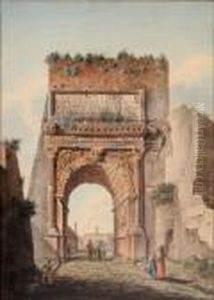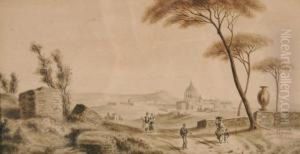Simone Pomardi Paintings
Simone Pomardi was an Italian painter and engraver born in 1757 in Rome. His artistic journey began under the guidance of his uncle, Domenico Corvi, who was a well-known painter of his time. Pomardi's talent was recognized early on, and he became known for his work in the neoclassical style, which was dominant in Europe during the late 18th and early 19th centuries.
Pomardi's work was influenced by the rediscovery of ancient art and the excavations of Roman and Greek ruins that were prevalent during his lifetime. He was particularly fascinated with the landscapes and ruins of classical antiquity, which became the subjects of many of his works. Pomardi is best known for his detailed landscapes and views of Roman ruins, which he often rendered with a romantic sensibility that was becoming popular at the time.
In 1788, Pomardi accompanied the British artist and scholar, Sir Richard Colt Hoare, on a journey through southern Italy. This trip proved to be significant for Pomardi's career as he sketched numerous views and antiquities, which were later published. These works helped to shape the European vision of Italy as a land of ancient ruins and idyllic landscapes, and they contributed to the Romantic period's idealization of Italy's past.
Throughout his career, Pomardi also worked on various decorative projects and frescoes in Rome. However, it is his engravings and watercolors that have garnered him most recognition in art history. His works are characterized by their precision and clarity, capturing the essence of the classical world with a documentary-like approach.
Pomardi's contributions to the visual documentation of Italy's archaeological heritage are considered an important link between the neoclassical and romantic movements in art. His images not only served as records of the past but also inspired his contemporaries and future generations to appreciate the beauty and historical significance of Italy's ancient landscapes.
Simone Pomardi died in 1830, leaving behind a legacy of artworks that continue to be studied and admired for their historical value and artistic beauty. His work is preserved in several institutions and collections, including the British Museum, which holds some of his drawings and prints.
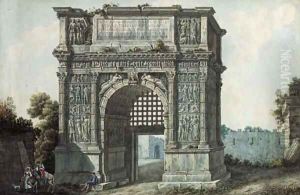
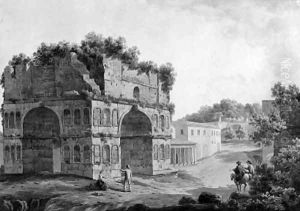
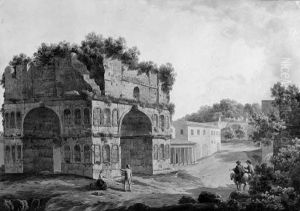
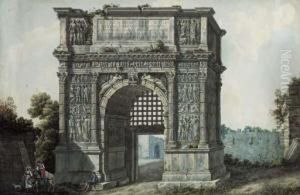
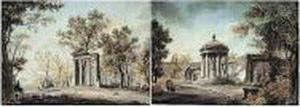
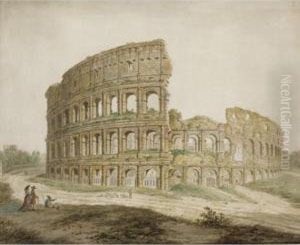
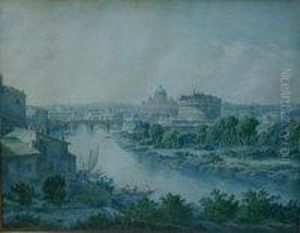
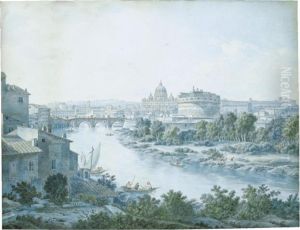
![[antichita Di Roma Recentemente Scavate Fino All' Antico Piano]](https://www.niceartgallery.com/imgs/907202/s/simone-pomardi-antichita-di-roma-recentemente-scavate-fino-all-antico-piano-1e048f12.jpg)
